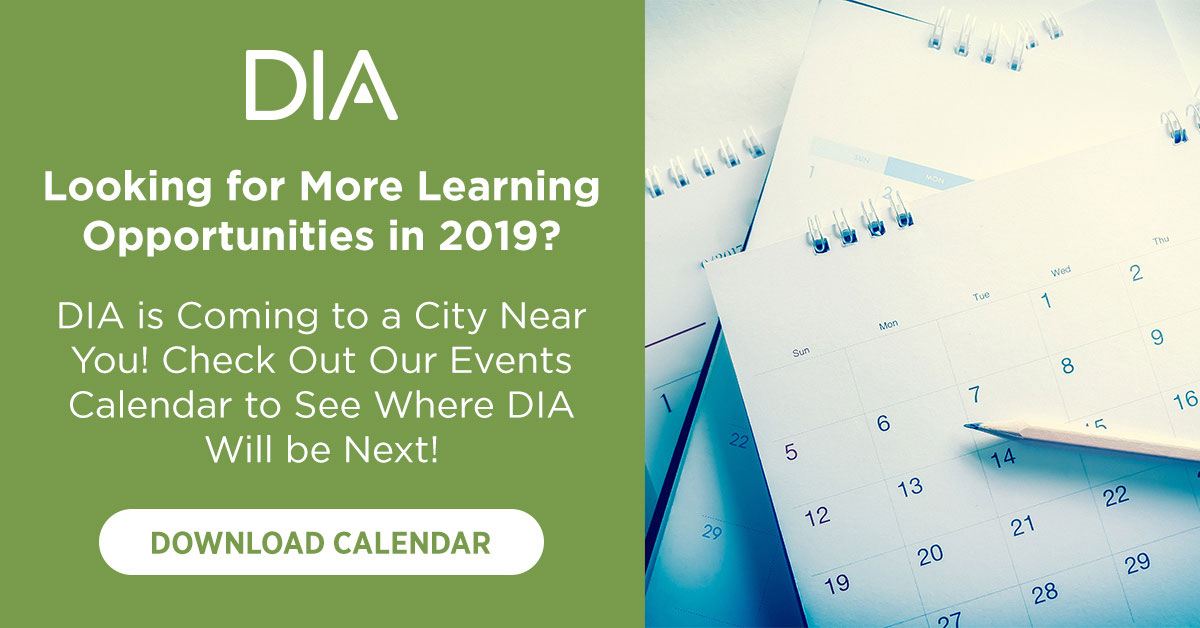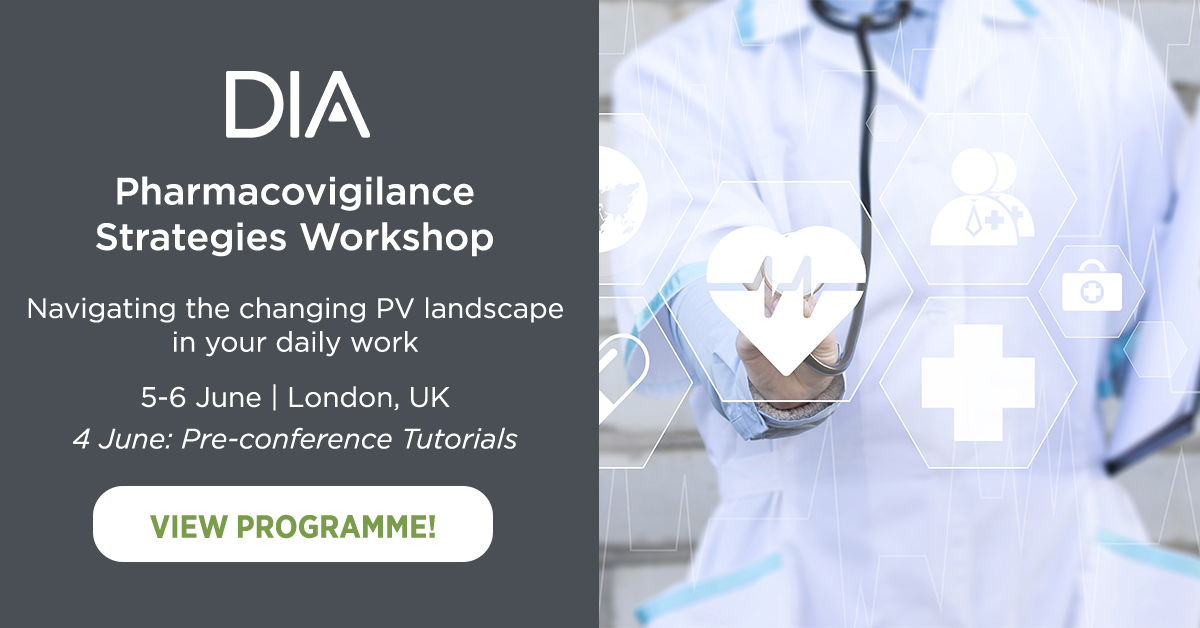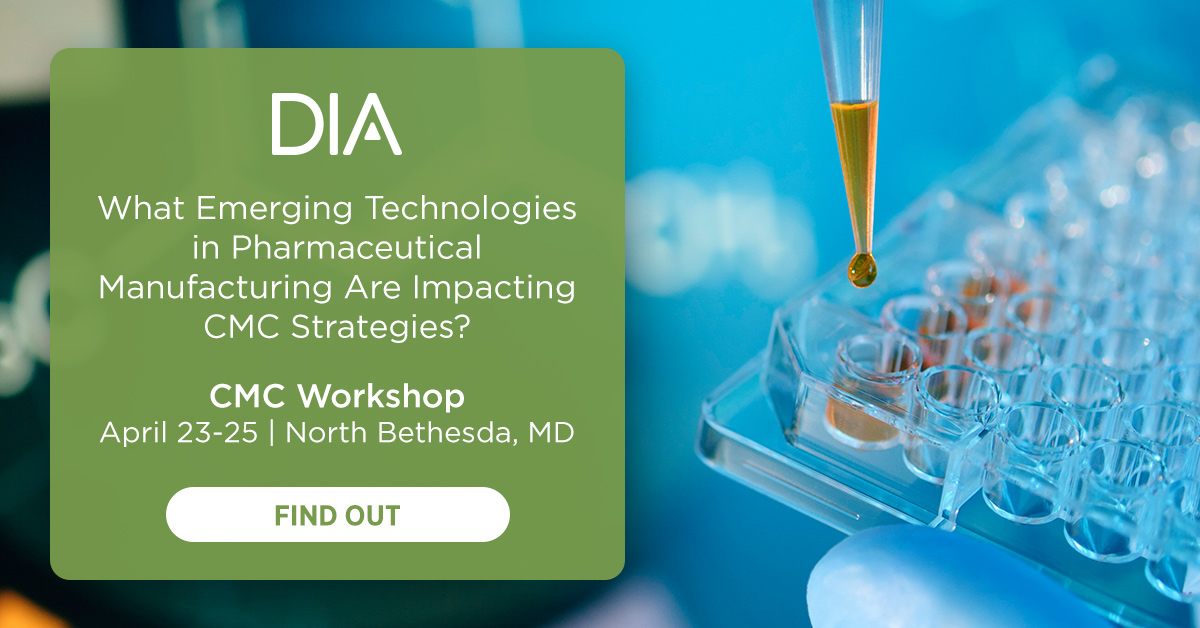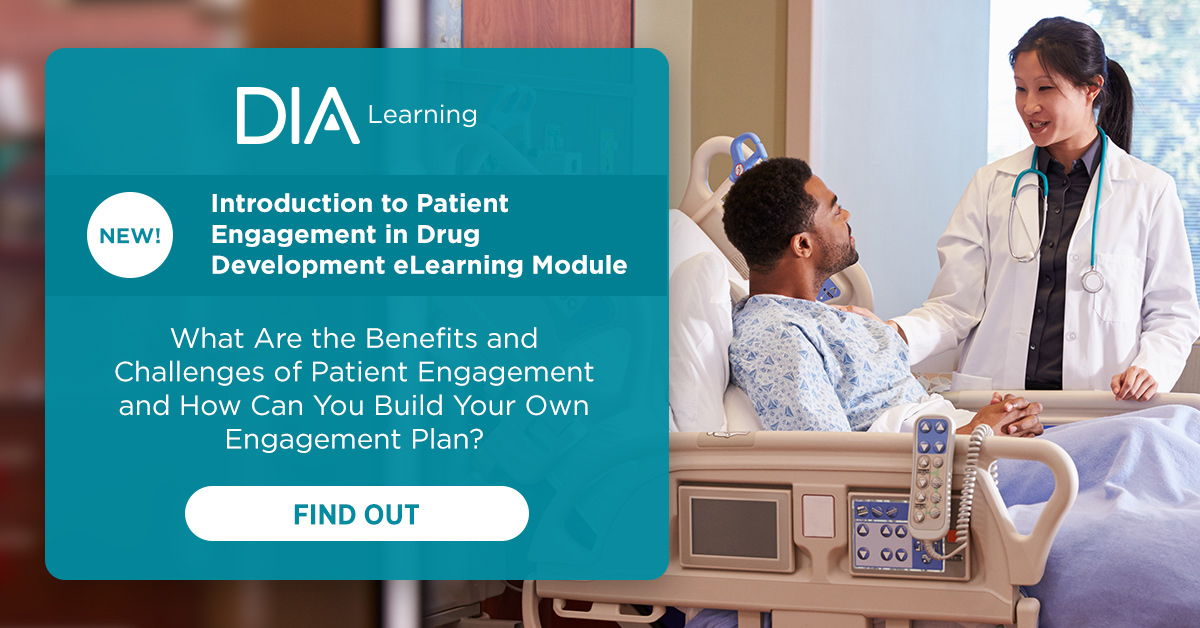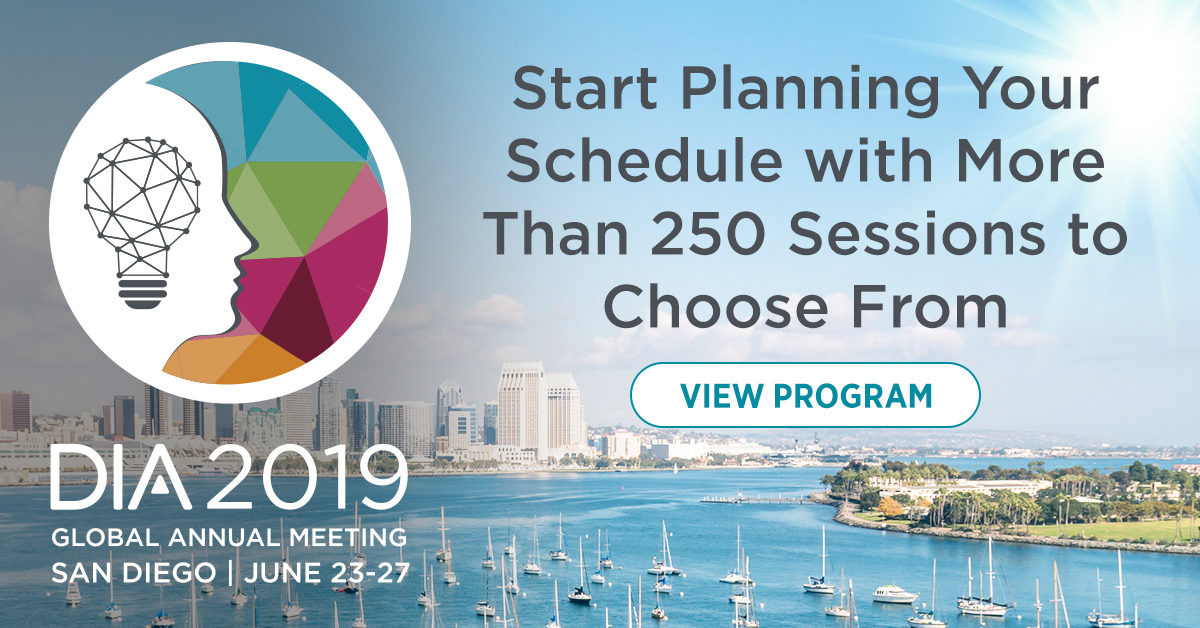April 2019 Global Forum
Table of Contents
Around The Globe
YOUNG PROFESSIONALS’ CORNER
EXECUTIVE LEADERSHIP
Top Oncologists Become Top Regulators
Subscribe
Love Global Forum‘s new online format? Subscribe today and never miss an issue.
Executive Leadership | From the Editor-in-Chief

Alberto Grignolo, PhD
Editor-in-Chief
Global Forum
Fellow of DIA
his is no April Fool’s joke: Simultaneously, as of early April, two major regulatory agencies have new leaders. Both are oncologists.
In Japan, Dr. Yasuhiro Fujiwara is the new Chief Executive of the Japanese Pharmaceuticals and Medical Devices Agency (PMDA). He succeeds Dr. Tatsuya Kondo, who led PMDA for an unprecedented eleven years through a period of transformation, improved efficiency, and openness to groundbreaking innovations in regenerative medicine, drugs, and medical devices. Dr. Fujiwara is currently Director General, Strategic Planning Bureau and Vice-Chairman of the hospital at the National Cancer Center (NCC). He also happens to have good relationship with DIA and was Chair of our DIA Japan Annual Meeting 2017.
In the US, Dr. Norman Sharpless is the new Acting Commissioner of the Food and Drug Administration (FDA). He succeeds Dr. Scott Gottlieb, who led FDA for two years through a period of stunning scientific innovation and record numbers of new drug approvals. Dr. Sharpless has been the Director of the US National Cancer Institute (NCI) since 2017.
Editorial Board
Content stream editors
Gary Kelloff US National Institutes of Health
David Parkinson ESSA Pharma, Inc.
regulatory science
Yoshiaki Uyama Pharmaceuticals and Medical Devices Agency (PMDA)
Adora Ndu BioMarin Pharmaceutical, Inc.
Patient engagement
Deborah Collyar Patient Advocates In Research (PAIR)
Lode Dewulf Servier
Value & access
Edith Frénoy European Federation of Pharmaceutical Industries and Associations (EFPIA)
Editorial Staff
Alberto Grignolo, Editor-in-Chief PAREXEL International
Ranjini Prithviraj, Global Associate Director, Content Collaboration DIA Publications
Sandra Blumenrath, Science Writer DIA Publications
Chris M. Slawecki, Senior Digital Copyeditor DIA Publications
Regional Editors
AFRICA
David Mukanga Bill and Melinda Gates Foundation
ASEAN
Silke Vogel Duke-National University of Singapore Medical School
AUSTRALIA/NEW ZEALAND
Richard Day University of New South Wales, Medicine, St. Vincent’s Hospital
CANADA
Judith Glennie JL Glennie Consulting, Inc.
Megan Bettle Health Canada
CHINA
Ling Su Shenyang Pharmaceutical University, Lilly Asia Ventures
Europe
Thomas Kühler Sanofi R&D
INDIA
J. Vijay Venkatraman Oviya MedSafe
JAPAN
Kazuhiro Kanmuri Inter-Professional, Inc.
USA
Ebony Dashiell-Aje FDA
Young Professionals Editor
DIA Membership
Bringing together stakeholders for the betterment of global health care.
Proceedings: DIA Europe 2019
Snapshot of DIA Europe 2019
paradigm shift in healthcare was evident at DIA Europe 2019 in Vienna. Well over a thousand attendees from industry, regulatory authorities, patient associations, and suppliers participated in multiple tracks and sessions over three exciting days. This is what we learned.
Healthcare System Transformation
Current healthcare systems are not sustainable: Over the last 100 years, our life expectancy grew by 35 years. This came at a cost that is outpacing GDP. This cost will double again in the next twenty years. High pressure on public spending will only grow.
Sustainable health systems need: 1) individual empowerment and responsibility, people making life choice decisions; 2) greater accountability of governments and healthcare providers to deliver effective, sustainable health services; 3) data-driven, evidence based value and outcomes.
Proceedings: DIA Europe 2019
Digital Trials and Sensors, Bots and AI, Oh My!
iopharmaceutical development and the broader healthcare industry are faced with growing challenges. The rising cost of healthcare is not sustainable, and the development of biopharmaceutical therapies is too expensive and too slow. Can new technologies such as artificial intelligence (AI), machine learning (ML), “bots,” and other digital tools, help accelerate the pace of development and approval of new therapies? At DIA Europe 2019, a diverse panel looked at the potential impact of new technologies and necessary steps to leverage them.
Impact of Digitization on Acceleration of New Therapies
Proceedings: DIA Europe 2019
Gene Editing, Advanced Therapies, Personalized Medicine
s the field of precision medicine continues to rapidly evolve, we grow closer to developing personalized treatments for patients. However, multiple challenges impede the widespread adoption of personalized medicine approaches. This session offered solutions to these challenges and demonstrated the wide diversity of methods and technologies we will need to implement precision medicine in the future.
Key Takeaways:
- Personalization gained from novel advanced therapies, such as genome editing technologies (e.g., CRISPR-Cas9), can allow for tailored modifications to correct genetic mutations in cells and tissues to treat a variety of intractable diseases, further advancing the field of precision medicine.
- With precision medicine, alternative benefit-risk assessment calculations must be taken into account due to the small sample size for any given treatment in development. Stakeholders must rely on new and alternative statistical methods, such as pairwise comparison of patient outcomes, in order to appropriately calculate individual benefit-risk.
- Genomics on a population scale may be used to identify individual disease risks and suitability of medicine use, even before the onset of disease, shifting the current standard of care from reactive to proactive.
- Communication, engagement, accessibility, and adaptability can result in high levels of public trust. Clear communication about data ownership and privacy can increase this trust and enable more openness.
Precision medicine is defined as the evidence-based selection of an intervention that aims to improve the prevention, diagnosis, or treatment of a disease based on patients’ individual characteristics and preferences. Several initiatives and scientific advancements–within government and industry–aim to bring precision medicine initiatives to the forefront of patient care in the 21st century.
Proceedings: DIA Europe 2019
an we improve evidence generation, regulatory review, and patient access simultaneously? In healthcare product development, what are the key connections between evidence generation, regulatory review of that evidence, and timely, global patient access to the products approved based on that evidence?
Key Takeaways
- We see continued advancement in improving and expediting evidence from a range of source data generated at different points in the healthcare product lifecycle, from clinical trials to electronic health records to patient/disease registries.
- We also see corresponding progress in ways to optimize regulatory review and analysis of these data.
- Collaboration and partnerships, especially public-private partnerships, have been fundamental in this progress. However, are industry and regulators ready to partner with new stakeholders– regulators partnering, for example, with technology companies?
- In all these changes, true collaboration requires trust, patience, and a common sense of purpose.
Why this is important: “The story of evidence generation really needs to be linked to how do we actually get that evidence to get approvals faster, and patient access faster?” explained João Duarte, Associate Director, Europe Regulatory Policy & Intelligence, Takeda (UK). “Global cooperation is fundamental in any aspect related to this. We cannot duplicate. We cannot lose time. We cannot lose patient confidence in the way we do development.”
Proceedings: DIA Europe 2019
Towards 2020 and Beyond
hree words: Simplification and harmonization of systems and processes, and (risk) communication as a two-way process that is most effective when it engages patients framed the current and future state of pharmacovigilance (PV) in the EU.
Key Takeaways
- Simplification: The new EudraVigilance (EV) system has simplified the reporting of individual case safety reports (ICSRs) and adverse drug reactions (ADRs), but good pharmacovigilance practice (GPvP) inspections continue to identify both under-reporting and over-reporting.
- Harmonization: Aligning the safety concerns between the product safety update report and the risk management plan remains problematic in the EU; EMA and FDA continue to have different visions, and focus on different products, for signal detection; other global initiatives are working to protect patient safety in countries with limited regulatory and PV resources.
- Risk Communication: Early patient involvement in healthcare development is also shown to improve and expedite identifying risk information and communicating that risk information to the public.
Why this is important: Patient safety largely depends not only upon safe products but also on appropriate (safe) use of these products after they’re approved for the market. “Safe use” is generally defined by identifying and communicating the benefits and risks of that product. Post-market safety monitoring keeps patients safe.
Proceedings: DIA Europe 2019
Adam Istas
Science Writer
DIA
ith numerous advances in science, data analytics and regulatory innovation, the future of biopharmaceutical medicine presents enormous opportunities to address unmet medical needs. From harnessing cell- and gene-based therapies to quantifying patient preferences, these new approaches and techniques will require collaboration amongst all stakeholders to align various initiatives and incentives for maximal benefit.
Key Takeaways
- Cell- and gene-based therapeutic approaches are advancing rapidly and hold potential to personalized treatment, yet existing regulatory guidelines for quality control and efficacy evaluations must be further developed.
- Patient preferences—and new ways of capturing and analyzing data—are being incorporated into clinical development to support regulatory and health technology assessment (HTA) decision making.
- The democratization of digital innovation is here, requiring regulators to develop partners and ecosystems to take full advantage of these ubiquitous tools.
- Regulatory science in the EU continues to become more collaborative, as demonstrated through numerous initiatives aimed at reducing regulatory and reimbursement uncertainty for innovative therapies.
Why this is important: With so many advances in so many areas of medicine, the EU legislative framework is in need of transformative legislative change.
“We have built our legislation bottom-up, in different bits, but maybe now we need to apply that same organizational IT architectural approach to look at it top-down,” said Esteban Herrero-Martinez, Director Regulatory Policy and Intelligence at AbbVie. “We need to look at the interfaces, where we have challenges and build a list of things we need to do to help build a long-term strategy for that legislative framework that we want down the line.”
Proceedings: DIA Europe 2019
Adam Istas
Science Writer
DIA
he long development cycle inherent to biopharmaceutical medicines often leads stakeholders across the healthcare ecosystem to wonder whether the entire process needs massive transformational change. Clinical trials are expensive. They take a long time. Enrolling patients in studies is challenging. Surely there must be a better way to generate the evidence necessary for regulatory, reimbursement and clinical decision making. Yet, rather than advocating for wholesale transformational change, biopharmaceutical stakeholders would be better served by adopting many of the tools and techniques that already exist—such elements simply need to be adopted more widely, shared more openly, and put into practice more frequently.
Key Takeaways
- Development time, cost, and risk can be reduced in the current paradigm by better utilization of existing real world data sources and a greater focus on patient preferences and patient engagement.
- Clinical development can be further streamlined by applying predictive analytics to existing real world data sources such as electronic health records and developing and integrating external platforms for new purposes.
- Patient communities can be a powerful resource to help industry colleagues design relevant research protocols and to help inform regulatory decision making.
- Innovative trial designs such as umbrella trials, basket trials, adaptive trials and multi-arm multi-stage trials, are already working in practice and are being used to support licensing decisions; however, many initiatives promoted by researchers and regulators remain unadopted and unshared with other stakeholders.
- Collaboration across the system will result in greater adoption of innovative tools, technologies, and processes which will ultimately lead to higher quality clinical evidence.
Why this is important: “Competition is unhelpful and unproductive,” said Robert Hemmings, Statistics and Pharmacokinetics Unit Manager at the Medicines and Healthcare products Regulatory Agency (MHRA). “Instead of talking about big data, real world data or randomized controlled trial data, we should talk about how to plan studies, how to generate confirmatory evidence, how to find patients, how to best conduct signal generation in the post-authorization space and so on—then we will be able to identify the best research tool to do those things.”
Proceedings: DIA Europe 2019
Transforming Medical Affairs & Communications
IA 2019 was the first EuroMeeting to dedicate an entire theme to Medical Affairs & Communications. This debut considered the value of these functions throughout the healthcare ecosystem, a broad perspective that encompassed strategies for simplification and digitalization, engaging with patients to improve benefit-risk assessment and communication, and how to broaden patient communication and collaboration as an essential element of transforming medical affairs and communications.
Key Takeaways
- Brilliant at the basics, fit for the future: New communication and digital technologies will continue to emerge, but old ones aren’t retired just yet; medical affairs and communications professionals must stay current with existing practices while simultaneously developing new capabilities.
- True engagement between patients and medical affairs and communications can help patients develop a sense of ownership and empowerment about clinical trials and the products coming out from them.
- Medical communication that results in patient engagement and empowerment brings positive change to the entire healthcare product development ecosystem.
Why this is important: Danie du Plessis, Managing Director and Owner, TheNextVersion (UK), summarized the importance of medical affairs and communications by presenting this quote from an August 2018 Medical Affairs 2025 White Paper: “Medical Affairs stands to be one of the most strategically important and valued functions in a pharmaceutical company, as the nexus of cutting-edge medical, scientific and patient-centered insights that drive strategy and innovation throughout the entire product life cycle.”
Proceedings: DIA Europe 2019
Adam Istas
Science Writer
DIA
n increase in advanced therapy medicinal products (ATMPs) being developed and approved is forcing health technology assessment (HTA) bodies and payers to come up with new value appraisal and payment models for these ground-breaking innovations. Cell- and gene-based therapies and other potentially curative treatments—particularly those developed under accelerated approval pathways—typically lack the long-term evidentiary and outcomes data required by HTA bodies to determine reimbursement levels. As a result, stakeholders must now embrace new ways of gathering, standardizing, and sharing real world evidence to better inform their decision-making process.
Key Takeaways
- Real world data can complement data from randomized controlled trials to generate more evidence and characterization of a new product when first introduced, but new approaches are needed to enable real world evidence to be captured over the course of several years to ensure cost-effectiveness and patient access.
- To better compare and track outcomes, stakeholders must work toward standardizing outcome measurements for different diseases to enable level comparisons across patient populations and geographies.
- Discussions on stakeholder alignment on evidence for AMPTs must include the whole healthcare ecosystem to ensure these treatments fit into healthcare systems and reach patients.
Why this is important: Evidence packages to support regulatory approval for novel therapies are not always designed to address the questions asked during the value appraisal process. “This is why multi-stakeholder engagement and dialogue are so important across the entire value chain,” said Claudine Sapède, Global HTA and Payment Policy Lead at Roche. “Because a lot of products are coming and there isn’t a one-time solution, we cannot repeat a big exercise; we need to have a long-term view but also be pragmatic.”
Proceedings: DIA Europe 2019
Adam Istas
Science Writer
DIA
apid advances and increasing availability of digital technologies are slowly beginning to disrupt drug development and healthcare delivery. From streamlining clinical research processes such as patient recruitment, informed consent, and monitoring, to enabling to real time data collection to help guide clinical care decision-making, practical, connected applications of digital health technology will potentially increase speed of access and generate more patient-relevant data useful to stakeholders across the ecosystem.
Key Takeaways
- Digital technology presents numerous opportunities to increase efficiency in biopharmaceutical development and healthcare delivery, in addition to offering new ways to engage with patients throughout the continuum of care.
- An increasing flow of new forms of data—both structured and unstructured—will offer new insights, enable new endpoints, and place a greater emphasis on real world evidence. A large pool of data, however, will only become actionable knowledge when the right analytics are applied to it.
- Real world evidence is poised to create a more dynamic regulatory framework, one which shifts the balance from sole dependence on randomized controlled trials to one that includes more real world data and patient preference information.
- Access to disparate data streams, better analytics, and multi-stakeholder agreement are necessary enablers to fully realize the potential benefits of digital health technology.
Why this is important: “Digital disruption is a huge ambition that encompasses the whole healthcare ecosystem—from drug development all the way through patient access,” said Chris Walker, Head of Regulatory Affairs for Europe at Amgen. “If we get this right and begin to use digital technology appropriately, we can focus on the most challenging healthcare problems and the technology will eventually help to solve those problems.”
![]() Podcasts
Podcasts
Around The Globe
African Medicines Agency Treaty Endorsed by African Union
What’s Next?
Senior Program Officer Regulatory Affairs, Africa Systems
Bill and Melinda Gates Foundation
he African Union (AU) approved the treaty for establishing the African Medicines Agency (AMA) on February 11 in Addis Ababa. This follows five years of consultations across the continent that were led by a task team established by the AU Commission and the World Health Organization (WHO).
- Recognized the need to strengthen the capacity for regulation of medical products in Africa, and the harmonization of medicines regulatory systems as a foundation for the establishment of a single regulatory Agency for Africa within the framework of the Pharmaceutical Manufacturing Plan for Africa.
- Endorsed the establishment of the African Medicines Agency (AMA).
- Requested the AUC, The New Partnership for Africa’s Development (NEPAD, the development agency of the African Union) and the WHO in collaboration with other stakeholders to define the scope of the medicines or medical products that would be covered by the work of the AMA, and to work out detailed modalities, institutional framework, legal and financial implications, of the establishment of the AMA.
![]() Podcasts
Podcasts
Around The Globe
Fighting Rising Youth eCigarette Use
Does FDA Have the Tools?
hillip Fuhrman took his first hit of an eCigarette as an eighth grader. He coughed some, but liked it. “The thing that I liked most was the minty feel in my throat,” the 15-year-old told an FDA panel at a January 18, 2019, public hearing, Eliminating Youth Electronic Cigarette Use: The Role for Drug Therapies. “The mint tasted like gum, and who didn’t like gum?” Phillip took that first hit from a friend’s device, but got his own a few weeks later; when his mother found and threw it away, he replaced it easily with another bought online. That cycle continued, thanks to the internet and the ease of friends willing to share. Phillip now says he was addicted to nicotine by the end of ninth grade.
The words “crisis” and “epidemic” are commonly attached to the ongoing surge in eCigarette use by US youth. According to the 2018 National Youth Tobacco Survey (NYTS), one in five high school students are users, a 78 percent rise over 2017 (20.8 percent versus 11.7 percent). Among middle school students, current use increased 48 percent (from 3.3 percent to 4.9 percent). FDA Commissioner Dr. Scott Gottlieb has asserted the value of eCigarettes to help adults quit smoking, but also called the rise in youth use “alarming” and said—more than once—that he was unwilling to let eCigarette availability “come at the expense of addicting a generation of kids to nicotine.”
![]() Podcasts
Podcasts
Young Professionals’ Corner
AD, Global Program Management (R&D)
Arena Pharmaceuticals
y career path has been filled with curiosity and opportunity. But before I dive into the details, it’s important to appreciate the tremendous amount of opportunities available for pharmacists—in hospital, retail, managed care, or the pharmaceutical industry. No matter what role you pursue, your doctorate in pharmacy will serve you well and provide you with a strong scientific acumen. The pharmaceutical industry in particular provides countless opportunities that require application of scientific knowledge and ultimately the development of a strong understanding of the business.
Like many others in pharmacy school, I was unsure about what I wanted to do after graduation. I struggled between continuing down a more traditional clinical path and pursuing an industry role. Ultimately, I applied to the Center for Drug Evaluation and Research (CDER) FDA program during my externship year and was matched with the Drug Shortage division. For my industry elective, I was fortunate enough to rotate within the Corporate Advocacy and Business Development group at Celgene Corporation, where I had my first real exposure to working in industry.
![]() Podcasts
Podcasts

Thanks for reading our April 2019 Issue!



